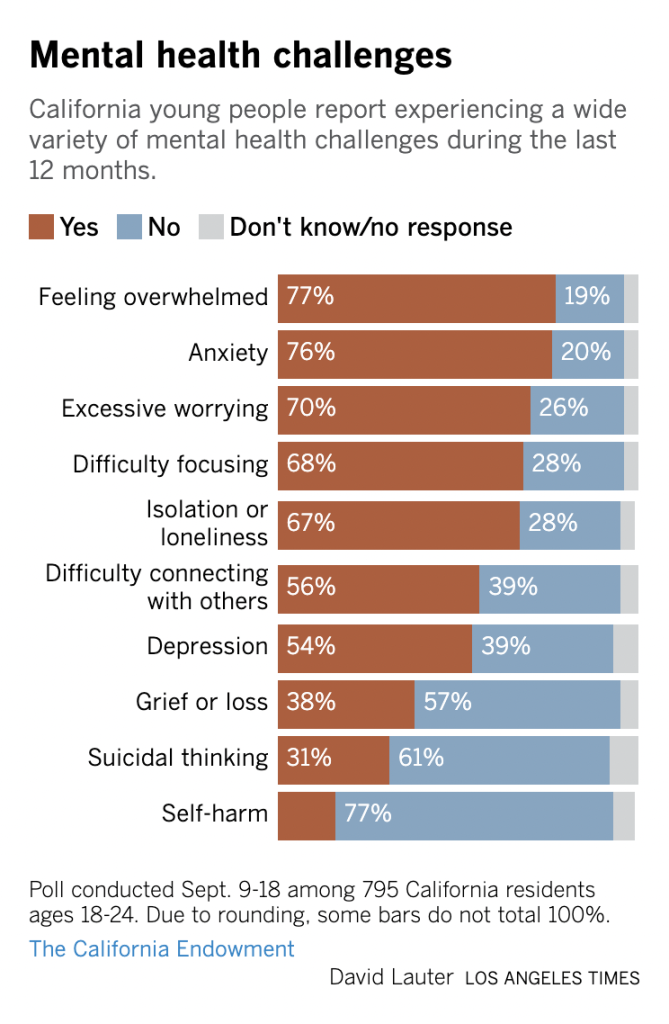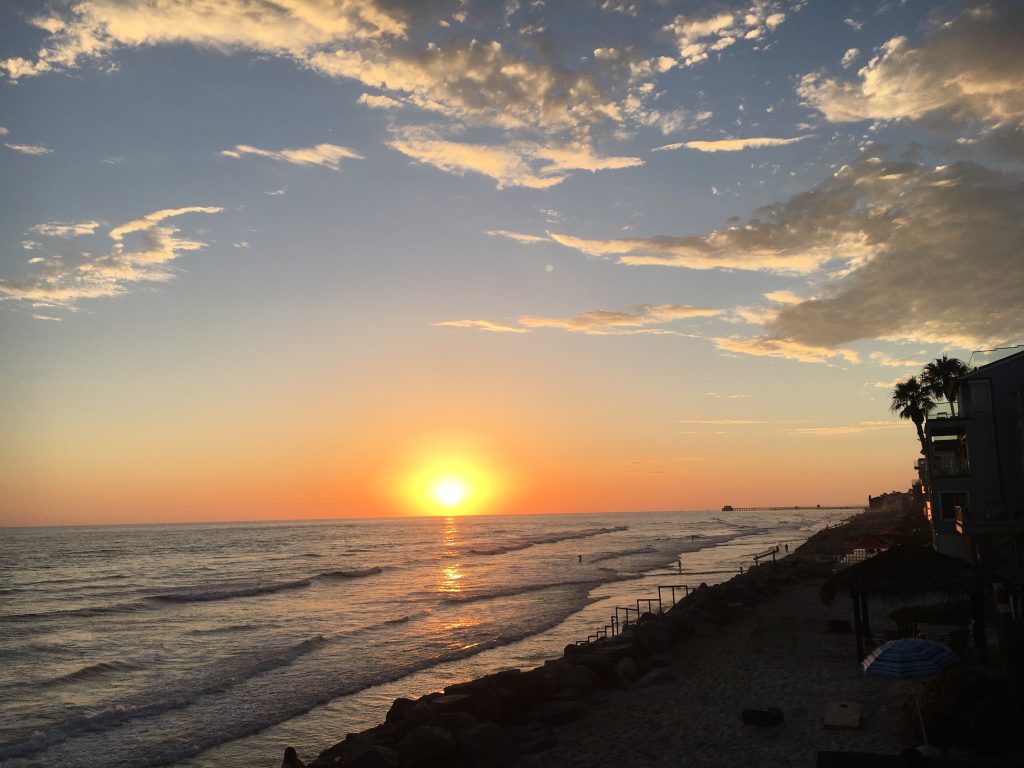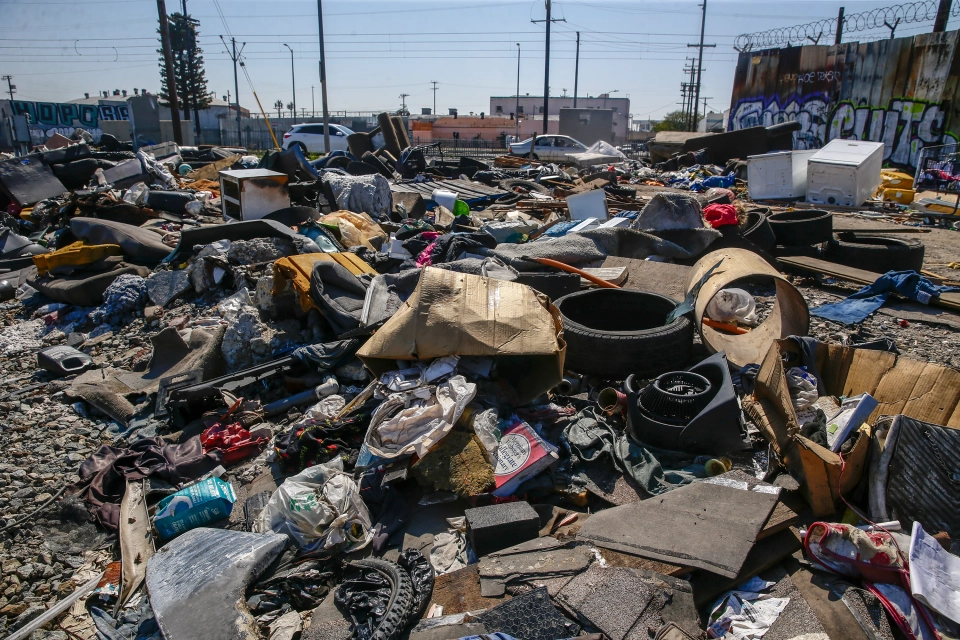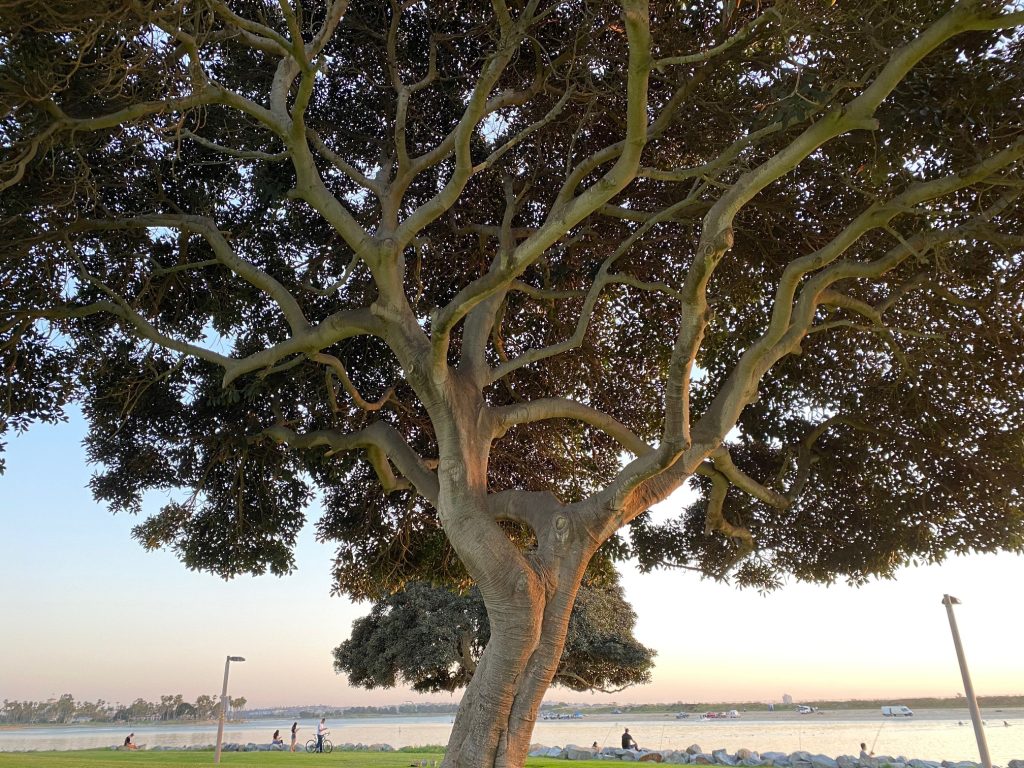Is it just me, or is life in California rather depressing these days?
Between the homeless tent cities, fecal matter (human and dog) smeared on the sidewalks, litter billowing against fences and along streets, the punishing heat and drought, an unreliable power grid, increasing crime, levels of bacteria in the ocean deemed unsafe by health officials, road rage and reckless driving becoming a daily part of life, traffic that starts early and redefines rush hour, the overwhelming crowds of people vying for parking and access to all the same cool things you want to do, the cost of gas setting you back $6.39 per gallon, and the cost of everything else from housing to groceries soaring, I can’t help but wonder why I’ve chosen to remain here.
Part of it is that I have family and friends here and have spent almost 70% of my lifetime in California. It can be hard to close doors on personal connections and fond memories. It also has, historically, been a place of opportunity.
Despite that, I doubt I’ll stay in the long term. I think daily about leaving.
What I keep finding is that the quality of life in California has declined significantly as the cost of living has skyrocketed. While I know that other states are certainly experiencing the similar trend of paying more to get less, California is arguably worse off because it already had major affordability issues that became crippling under today’s inflation.
I am fortunate that I could recently buy a condo in San Diego, which is the first property I’ve ever owned. It’s also, at 374 square feet, the smallest space I’ve ever lived—made even smaller by the fact that I share it with my partner. The two of us have found ways to make the space work (the deck and small patio help), but in the absence of a garage, we need a storage unit. Otherwise, we’d have to give up most of our hobbies, which we aren’t willing to do. To give you a sense of the cost of things in San Diego, our 10 x 10 drive-up storage unit costs $339 per month. What the hell, right?!
We can’t squeeze ourselves into a smaller footprint without majorly sacrificing our own quality of life. We also can’t afford in California the classic hallmark of the middle class: the single-family home with a yard and garage. In August 2022, the median price of a single-family home in San Diego County was $910,000, according to the San Diego Association of Realtors.
That’s a whole lot of cash for what residents in other states would probably consider shacks. Many single-family homes that now sell for around $1 million in San Diego have much less craftsmanship and character than those found in other states for a much lower price.
While I do believe my condo will be a good investment down the line as a rental, for which I am grateful and fortunate, I can’t help but feel a little lousy about the quality of life it gives me now. It’s cute and in a good location, but it’s not exactly the stuff of dreams. Knowing that I most likely will not be able to afford to buy upwards into a single-family home in California (at least not anytime soon) isn’t an empowering thought either.
So, when the state announces new policies like ending the sale of gas-powered vehicles by 2035, which sounds good in theory but untenable in practice, I find myself feeling all the more like I should run for the exits before a bigger quality-of-life smackdown comes.
While I believe that we all need to make a concerted effort to fight climate change, innovation and infrastructure have to come first.
California is choosing to mandate first, figure it out later. Given that many people here do not have garages, and building anything of scale gets challenged and delayed indefinitely (just look at the bullet train that was voted for in 2008 and seems like it will never leave the station), I do not foresee in 13 years that there will be ample, convenient charging infrastructure for a state of 39 million people to go electric. And where will the money for this massive overhaul come from? Will those who can’t afford an electric vehicle be forced to rely on the extremely limited public transit system here?
Pipe dreams and broken dreams. Which one’s worse?
Maybe the worst outcome in California is the inability to dream—the inability to believe that things will get better and that life has purpose and meaning.
Just look at the distressing rates of depression and anxiety among young adults here. A recent poll of about 800 Californians ages 18 to 24 found that more than 50% of them reported depression in the past year, more than 75% reported anxiety, and almost one-third (31%) reported experiencing suicidal thoughts.

While the reasons for young adults’ poor mental health are complex, one finding from the poll jumped out at me: As reported in the LA Times, “When asked to pick a word that described how they felt about their generation’s future, the two dominant feelings were uncertainty and worry.”
On top of that, 86% of them rated the cost of housing as an extremely or very serious problem, while over 75% gave the same rating to homelessness, the lack of high-wage jobs, the cost of a college education, the cost and availability of health care, and drug and alcohol abuse.
When you have a generation of young people completely priced out of the middle-class pathway who are living by necessity in their parents’ homes, who are missing out on typical life milestones, and who are feeling beset by worry and uncertainty, then I can imagine why the future does not look rosy to them.
Covid restrictions in California took away many opportunities for young people and isolated them in a way that was incredibly unnatural and damaging. They’re too young to put those lost years into perspective and shake them off as some older folks have been able to do. After all, there’s no teacher like experience. And their experience of adulthood pretty much sucks so far, so what’s that teaching them about our society?
While the state plans to allocate more resources toward mental-health services for young people, which is good, I think we need to take a step back and look at the bigger picture. Flourishing happens when the right conditions are in place for growth.
If California can’t get its golden touch back and provide a better standard of living for its residents, perhaps it is time to urge Californians to “Go East.” To amend the popular saying attributed to Horace Greeley in 1865, “Go East, young folks, go East and grow up with the country.”







Wow. I’ve never been to California, but, well, wow. I don’t know what to say quite…